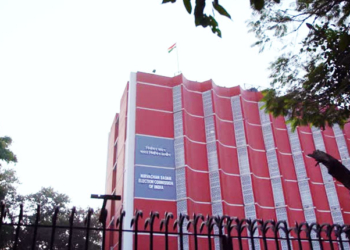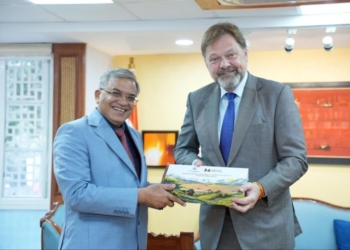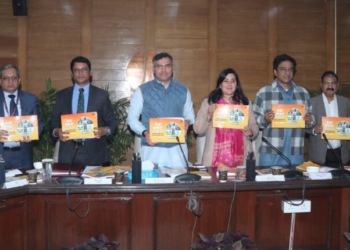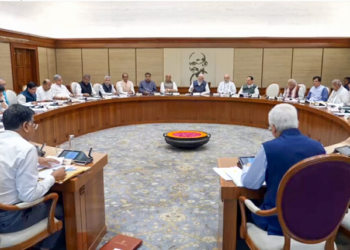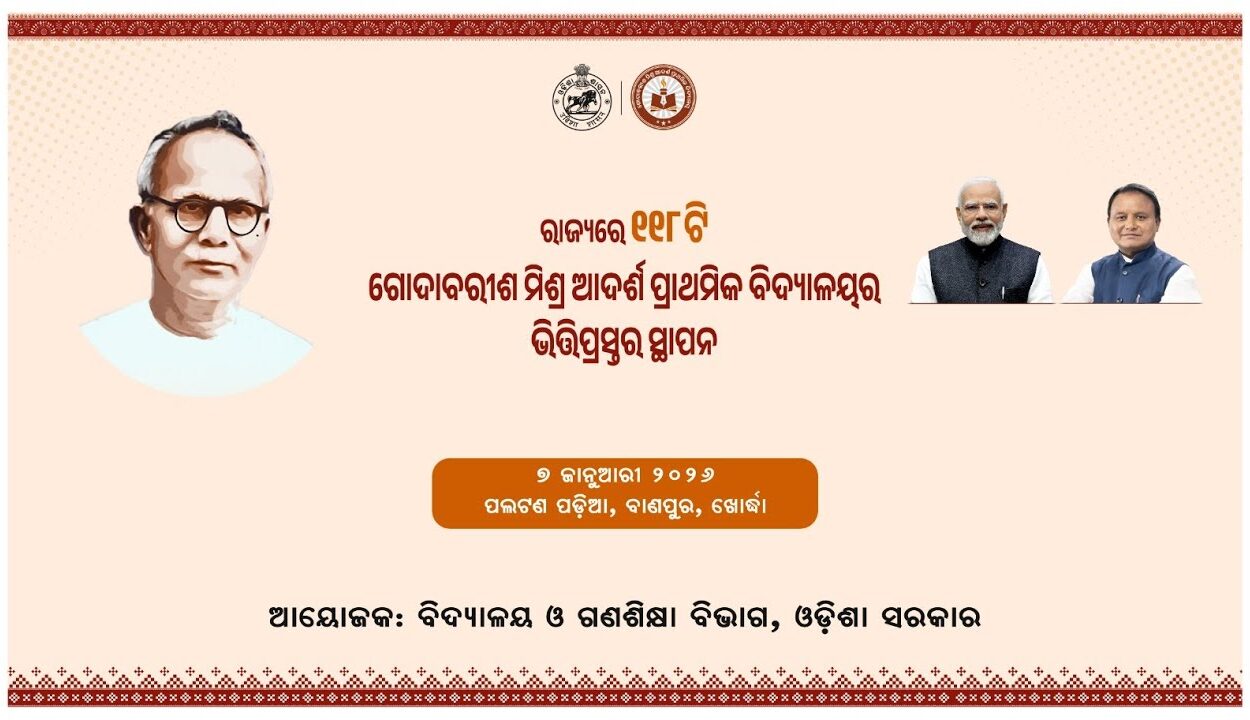New Delhi: Mass drug administration (MDA), social mobilisation via self-help groups (SHS), and public health workers like ASHAs are playing a significant role in reducing lymphatic filariasis cases in India, experts said on Thursday.
Lymphatic filariasis (LF), commonly known as elephantiasis (Haatipaon), is a debilitating disease transmitted by the bite of a Culex mosquito that breeds in dirty or polluted water. It is one of the world’s leading causes of long-term disability. While not fatal, it significantly impairs quality of life, leading to severe physical debility and imposing substantial social and economic burdens on affected individuals, their families, and entire communities.
To fight the disease, endemic to the country, the government has taken an extensive measure to combat and control the disease by running a massive MDA campaign.
Launched nationwide in 2004, to help control and eliminate neglected tropical diseases, the MDA achieved a remarkable 82.5 per cent coverage in 2023. It involves a door-to-door administration of preventive medications in endemic areas.
“Lymphatic filariasis (LF) is a complex disease that has multifaceted social, environmental, and economic determinants. We cannot eliminate it by working in silos; it requires a collaborative effort from various sectors working together seamlessly. Acknowledging this, the government has made inter-sectoral convergence a central part of its strategy to eliminate LF,” Rajshree Das, Senior Director, PCI India, told IANS. PCI works as a technical assistance partner to the National Vector Borne Disease Control Programme (NVBDCP), of the Ministry of Health & Family Welfare.
In March 2023, then Union Health Minister Mansukh Mandaviya called for eliminating lymphatic filariasis three years ahead of the global target through the five-pronged roadmap by 2027. The global target is 2030.
In August this year, the government launched the second phase of the bi-annual nationwide MDA campaign for lymphatic filariasis elimination. It targets 63 endemic districts in Bihar, Jharkhand, Karnataka, Odisha, Telangana, and Uttar Pradesh.
Das noted that if LF is left untreated, it can progress to chronic symptoms including lymphoedema (tissue swelling) or elephantiasis (skin/tissue thickening) of limbs and hydrocele (scrotal swelling) leading to disability.
“Lymphatic filariasis is the second most disabling disease in the world after leprosy. In India, till 2023, 6.19 lakh cases of lymphoedema and 1.26 lakh cases of hydrocele were reported from endemic districts,” Dr Aruna Sharma, practitioner development economist and retired GOI secretary, told IANS.
Sharma, who worked extensively on panchayat-level governance models and across ministries, also called for using technology and inclusive education to spread awareness about the disease to make a holistic approach towards disease elimination.
Meanwhile, the experts noted another major component of India’s strategy to eliminate LF — Morbidity Management and Disability Prevention (MMDP).
“India’s MMDP strategy involves distributing MMDP kits for home-based morbidity management of lymphoedema, providing hydrocele surgeries in CHCs, district hospitals and medical colleges, as well as distributing disability certificates to eligible patients,” Das said, adding that these facilities are available free of cost.
Das noted that frontline workers like ASHAs, community leaders, Women’s Self-Help Groups, Schools, National Service Scheme, and civil society organisations have come together and worked tirelessly to mobilise communities and encourage participation in the MDA rounds.
(IANS)





